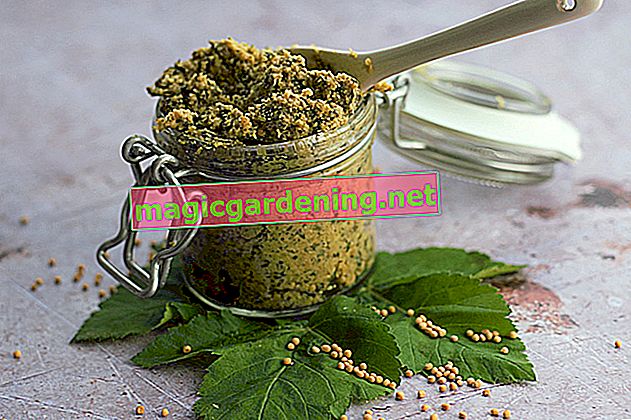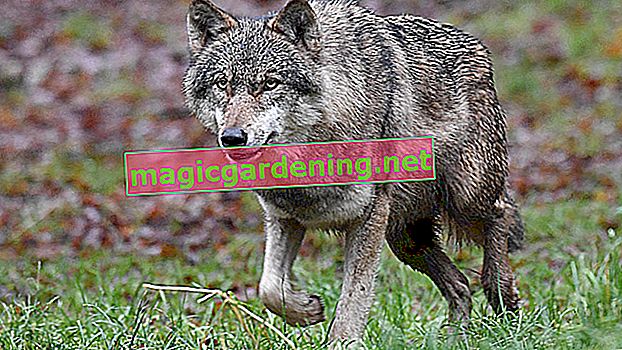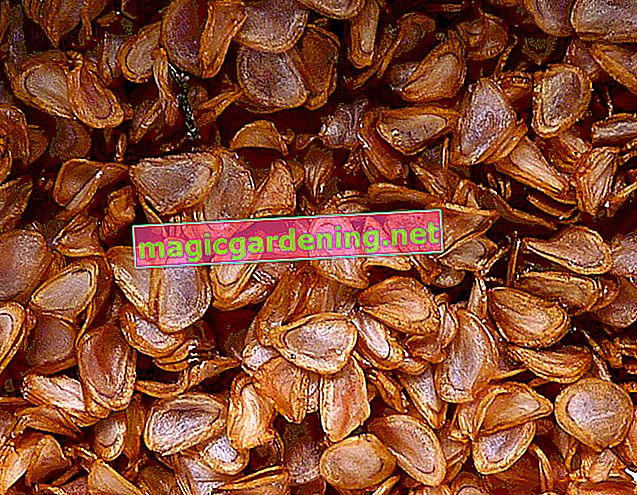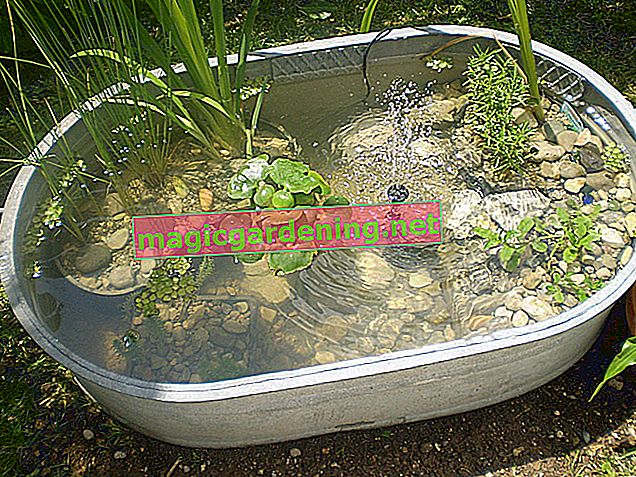
Not all mustards are created equal
There are roughly three types of mustard: brown, white (or yellow) and black mustard. All three belong to the cruciferous family and can be used to make mustard. Only the taste varies: black mustard, also called oriental mustard, tastes the hottest; Spicy mustard is made from brown and black mustard seeds. White mustard is rather mild and is processed into medium-hot, aromatic mustard. White mustard doesn't get as tall as black or brown mustard, so it is better for growing on the balcony or window sill.
also read
- Simply grow amaryllis yourself - this is how it works for free
- Simply grow laurel for the kitchen on the balcony
- Simply extract basil seeds yourself - this is how it works
The right location for the mustard
Mustard is one of the most undemanding crops to plant in your garden or on the balcony. He is not picky about either the location or the maintenance. The only important thing is that you observe the crop rotation: Mustard is one of the cruciferous vegetables and these may only be planted in the same place every four years. So do not sow your mustard in a location where cabbage, radish, cress, rape or radish have been in the three years before. Mustard also needs light, of course, but it doesn't really care whether it is in partial shade or in the sun.
Mustard also thrives in a tub on the windowsill or on the balcony.
Sow mustard
Mustard can be sown all year round. However, if you want to harvest the seeds, you should plant your mustard seeds in the ground in early May. The best thing to do is to prefer it on the windowsill and plant the little plants outdoors after the ice saints.
Maintain mustard
As I said, mustard hardly needs any attention. Of course, you shouldn't let it dry up: provide it with regular water and your mustard will thrive. He doesn't need fertilizer.
Harvest mustard
Not only can the seeds be harvested, the aromatic leaves can also be consumed. You can harvest these permanently by only removing the outer leaves and leaving the plant undamaged. The mustard seeds are harvested after flowering. From June the beautiful, strong yellow flowers usually develop. Now you should stop harvesting the leaves, which are gradually dying off anyway. You can find out how to harvest the seeds correctly here and how to process them into green manure here.
The mustard in the profile
Here are the most important things at a glance:
- Genus: Brassica
- Family: cruciferous plants
- Flower color: yellow
- Use: as a medicinal and useful plant
- Lifespan: Annual
- Sowing: in May (for seed harvest), all year round (green manure, leaf harvest)
- Location: light, moist
- Harvest time: October (seeds), all year round (leaves)








